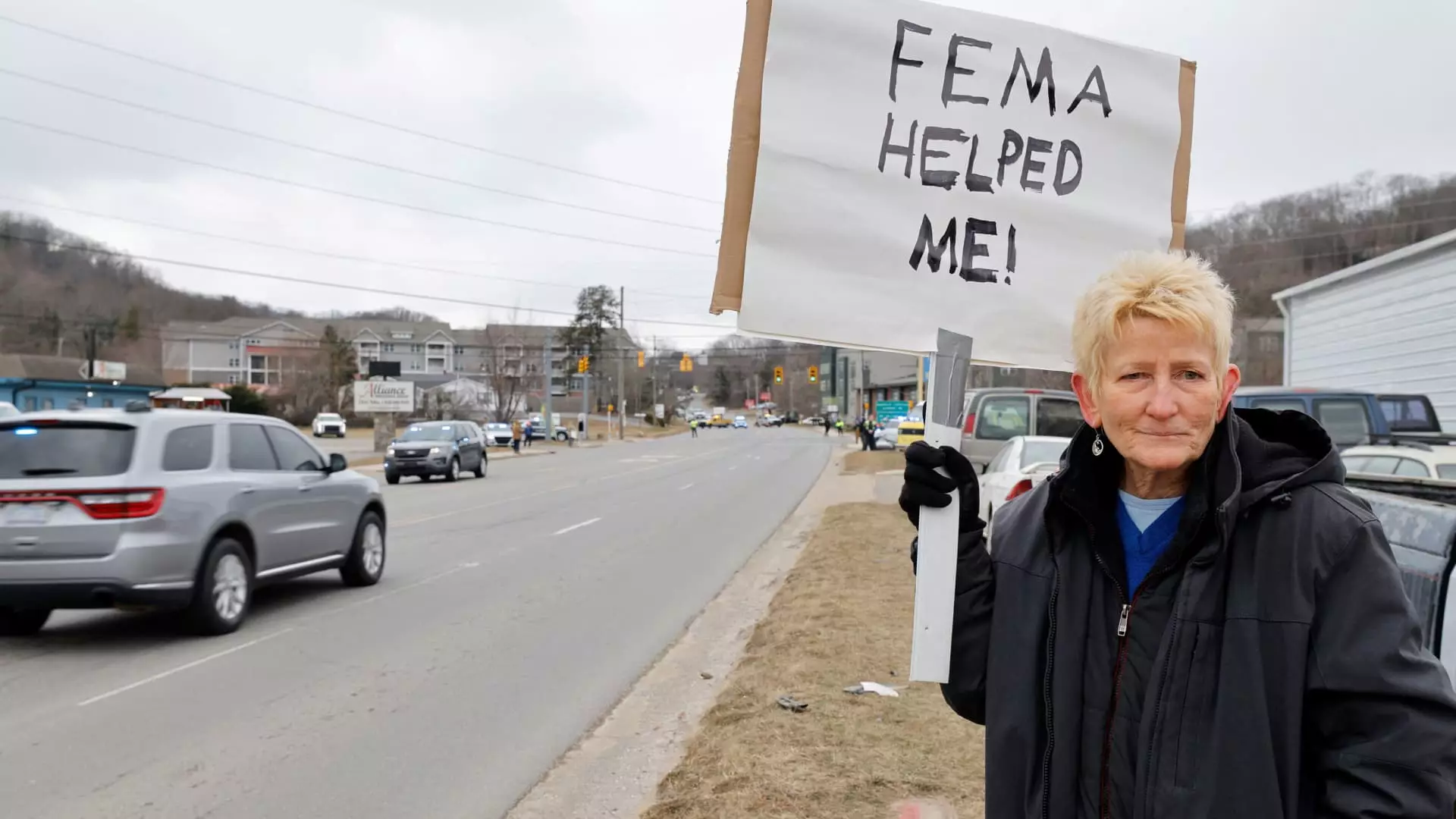As the Trump administration appears set on a reckless course of action to wind down the Federal Emergency Management Agency (FEMA), citizens across the nation should be exceedingly concerned about what this signifies for disaster preparedness and recovery. Reports suggest a dismantling of this crucial agency, intended to assist Americans during federally declared disasters, could leave millions vulnerable in times of need. This transition raises serious doubts regarding the capacity of states and municipalities to step in when the federal government retreats, and the unfortunate reality is that individual homeowners may carry the brunt of this burden.
Experts like Charles Nyce, a risk management and insurance professor at Florida State University, emphasize that FEMA is not designed to replace individual home insurance policies; it exists primarily to provide aid when disasters strike federally. However, the administration’s intent to “phase out” the agency signals an alarming departure from ensuring adequate disaster resources and support. This could yield disastrous outcomes, particularly as we approach hurricane season— a time that historically puts thousands of homeowners in peril.
Redefining Responsibilities: A Shift Away from Federal Aid
President Trump’s recent assertion to “give out less money” directly from his office, rather than relying on FEMA, marks a significant shift in responsibility. This proposed change raises concerns about the equitable distribution of disaster aid. By directly allocating funds, there is an implicit risk that political bias could influence who gets help and when. Furthermore, the notion of states needing to fill the void left by FEMA is alarming; not all states are equally equipped to manage disaster recovery operations, leaving many citizens at the mercy of uneven state abilities.
DHS Secretary Kristi Noem’s comments regarding FEMA’s future have left many experts speculating about what structural changes are forthcoming. The reported budget cuts—$646 million for the fiscal year 2026 and the termination of crucial prevention programs—signal an alarming trend of reduced federal involvement in disaster assistance. This effectively shifts the financial responsibility onto states that may already be operating on limited resources while expecting citizens to prepare for emergencies they may not be equipped to handle.
The Psychological Costs of Uncertain Aid
The implications of these changes are not merely logistical but psychological as well. Homeowners are already under significant stress when a disaster strikes; adding the uncertainty of federal support can be paralyzing. Charles Nyce poignantly points out that with FEMA’s reduced role, the burden placed on citizens to be prepared becomes heavier. This pressure to look inward, to prepare for catastrophes that might not even materialize, breeds anxiety that can undermine community resilience.
The psychological toll extends beyond homeowners. Local governments and emergency services have historically relied on FEMA support to manage recovery efforts. Without that lifeline, first responders and emergency managers may find themselves overwhelmed and ill-prepared, further jeopardizing public safety. Faster response and recovery are integral components of effective disaster management, and any disruption to established protocols can compound the chaos that follows a disaster.
A Call for Vigilance and Preparation
To navigate the uncertain terrain ahead, homeowners must adopt a proactive stance. This begins with scrutinizing personal insurance policies to ensure sufficient coverage. The average FEMA payout for individual assistance grants has been only $3,522 from 2010 to 2019—far from enough to cover significant losses. Homeowners need to understand the limits of their insurance and seek additional coverage where necessary, such as flood insurance.
Furthermore, preparedness is now more critical than ever. From stocking up on essentials—batteries, water, non-perishable food, and important documents—to creating emergency plans, citizens must take responsibility for their safety. In an era of reduced federal support, the need for self-sufficiency has never been more pronounced. The message is clear: relying solely on governmental support is no longer an option when natural disasters strike.
While it may sound daunting, taking these actions can instill a sense of control amidst uncertainty. By preparing adequately, communities can improve their resilience and potentially mitigate the gulf created by reduced federal oversight. The future may be unpredictable, but we do have the means to face it head-on.


Leave a Reply